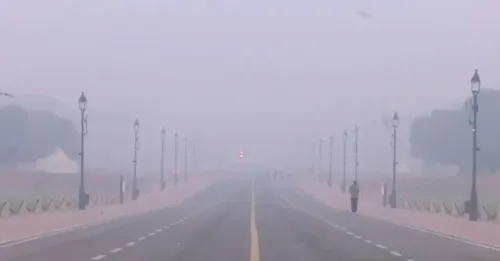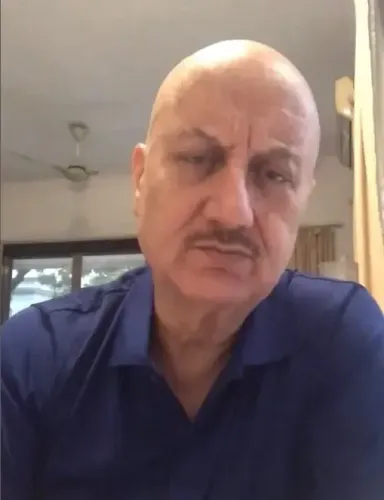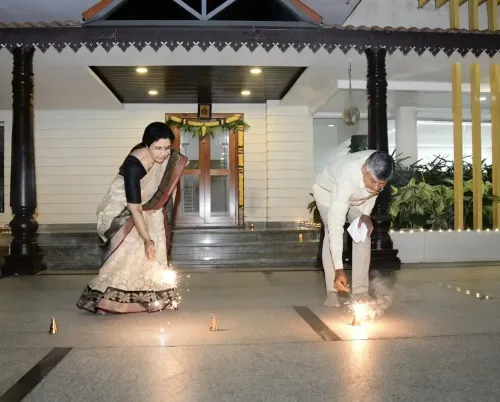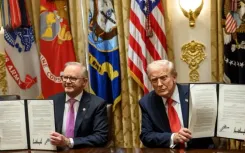Did ULFA-I Really Face Drone Strikes on its Headquarters in Myanmar?
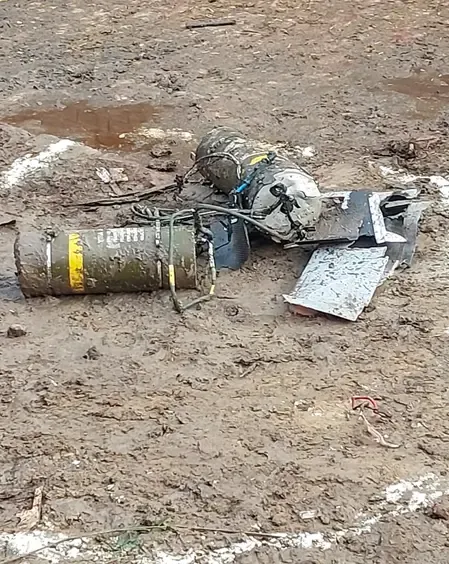
Synopsis
Key Takeaways
- Indian Army denies drone strike claims
- ULFA-I reports significant casualties
- Infighting among militant groups may be a factor
- Myanmar's political situation complicates security
- Concerns about border security persist
New Delhi, July 13 (NationPress) The Indian Army has firmly rejected allegations regarding drone strikes targeting the eastern headquarters of the outlawed United Liberation Front of Asom-Independent (ULFA-I) in Myanmar.
On Sunday, ULFA-I asserted that their Eastern headquarters faced drone assaults by the Indian Army early in the morning.
According to the banned group’s official statement, these cross-border operations resulted in the deaths of 19 of their members and left another 19 injured.
Reports suggest that senior ULFA (I) commander Nayan Medhi was among those killed, alongside several members from Manipuri insurgent groups, including the Revolutionary People's Front (RPF), which acts as the political arm of the People's Liberation Army (PLA) of Manipur.
However, the Indian Army has provided an official denial of these claims.
In an interview with IANS from Guwahati, Lt Col Mahendra Rawat, PRO Defence Guwahati, stated, "There are no inputs with the Indian Army on such an operation."
It is important to note that ULFA (I), under the leadership of Paresh Barua, currently has only one senior member, Arunodoy Dohotiya, who is based in Myanmar.
Another high-ranking ULFA (I) leader, Rupom Asom, was apprehended by Assam Police in May.
Sources indicate that Baruah, who maintains close ties with Pakistan's Inter-Services Intelligence (ISI) and is believed to be residing along the China-Myanmar-India border (Arunachal Pradesh), is facing significant challenges in his militant endeavors.
Insiders informed IANS that the recent attacks on the ULFA (I) headquarters may stem from internal conflicts within these proscribed organizations.
Additionally, Myanmar, currently ruled by the Tatmadaw (Army), is experiencing a surge of violence from various militant groups, with the India-Myanmar border frequently utilized by these banned outfits, including ULFA (I), to establish their bases.
The ongoing clashes near the border have raised serious concerns for India's security apparatus. Back in May 2025, at least 10 militants lost their lives in a confrontation with security forces near the India-Myanmar border in Manipur's Chandel district.

